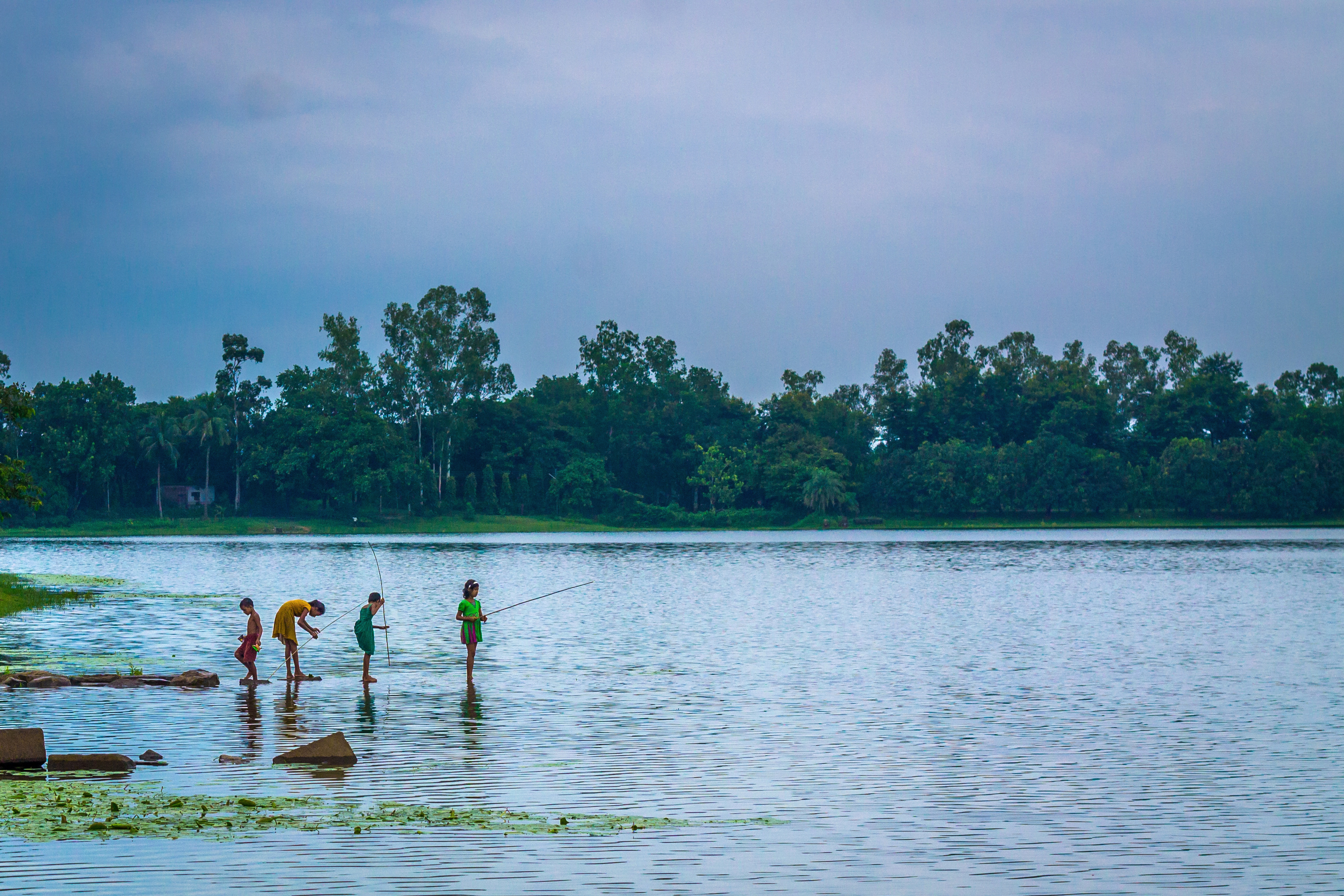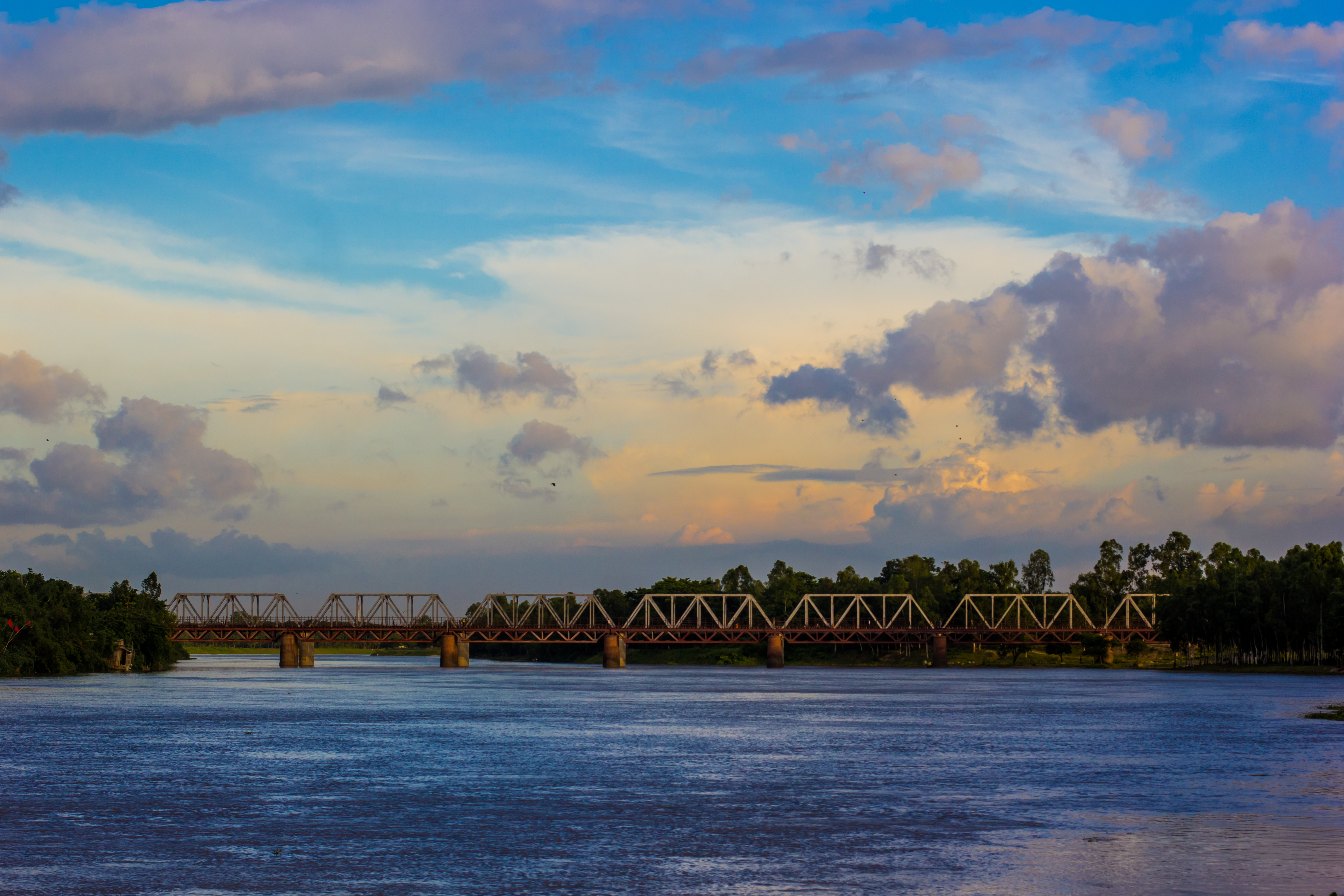|
Ramsagar National Park
Ramsagar National Park ( bn, রামসাগর জাতীয় উদ্যান) is a national park in Bangladesh located at. 25°33'00"N 88°37'30"E Tejpur, near Dinajpur District in the north-west of the country. The Park is 27.76 hectare, in size, and is built around a large water reservoir known as "Ramsagar tank". The lake is 1079m in length and 192.6m in width. The soil is red-yellow clay History The tank was built in the 18th century by Raja Ram Nath. It is believed that the lake was excavated by King Ramnath, Maharaja of Dinajpur before the Battle of Plassey. The tank was dug by 15 million workers at a cost of 30,000 Taka. Management The park is managed by 8 staff members which include 1 forest officers, 3 gardeners, 3 forest guards and 1 watchman. It was first established in year 1960 and was earlier recommended that the park be developed as class-B national park for recreation and education by the Government of east Pakistan in 1971. It was declared ... [...More Info...] [...Related Items...] OR: [Wikipedia] [Google] [Baidu] |
Dinajpur District, Bangladesh
Dinajpur district ( bn, দিনাজপুর জেলা) is a district in the Rangpur Division of northern Bangladesh. Dinajpur is the largest district among all sixteen northern districts of Bangladesh. History Dinajpur was once a part of the ancient state of Pundravardhana. Devkot (now in India) which rotated as the capital of Lakhnauti was located south of Dinajpur town. It is also called "City of Maharajas". An ancient engraved stone, believed to be from the Gupta era, was recovered from the bank of a pond near Sura Masjid in the Ghoraghat Upazila in Dinajpur in 8 October. British Colonial Period The British administrative control in Dinajpur was established in 1786. Dinajpur was the biggest administrative district of undivided Bengal. In 1765, the British got the Dewani of Bengal and in 1772 an English District Collector and Chief of Revenue was appointed in Dinajpur. The area was then notorious for lawlessness. Mr. Marriott was Collector in 1786. Next to him, Mr. ... [...More Info...] [...Related Items...] OR: [Wikipedia] [Google] [Baidu] |
Golden Jackal
The golden jackal (''Canis aureus''), also called common jackal, is a wolf-like canid that is native to Southeast Europe, Southwest Asia, South Asia, and regions of Southeast Asia. The golden jackal's coat varies in color from a pale creamy yellow in summer to a dark tawny beige in winter. It is smaller and has shorter legs, a shorter tail, a more elongated torso, a less-prominent forehead, and a narrower and more pointed muzzle than the Arabian wolf. It is listed as Least Concern on the IUCN Red List due to its widespread distribution and high density in areas with plenty of available food and optimum shelter. Despite its name, the golden jackal is not closely related to the African black-backed jackal or side-striped jackal, which are part of the genus ''Lupulella''. It is instead closer to wolves and coyotes. The ancestor of the golden jackal is believed to be the extinct Arno river dog that lived in southern Europe . It is described as having been a small, jackal-like ca ... [...More Info...] [...Related Items...] OR: [Wikipedia] [Google] [Baidu] |
Indian Sloth Bear
The sloth bear (''Melursus ursinus'') is a myrmecophagous bear species native to the Indian subcontinent. It feeds on fruits, ants and termites. It is listed as Vulnerable species, vulnerable on the IUCN Red List, mainly because of habitat loss and Habitat degradation, degradation. It is the only species in the genus ''Melursus''. It has also been called "labiated bear" because of its long lower lip and palate used for sucking up insects. It has a long, shaggy fur, a mane around the face, and long, sickle-shaped claws. It is lankier than brown bear, brown and Asian black bears. It shares features of insectivorous mammals and evolved during the Pleistocene from the ancestral brown bear through divergent evolution. Sloth bears breed during spring and early summer and give birth near the beginning of winter. When their territories are encroached upon by humans, they sometimes attack them. Historically, humans have drastically reduced these bears' habitat and diminished their popula ... [...More Info...] [...Related Items...] OR: [Wikipedia] [Google] [Baidu] |


.jpg)